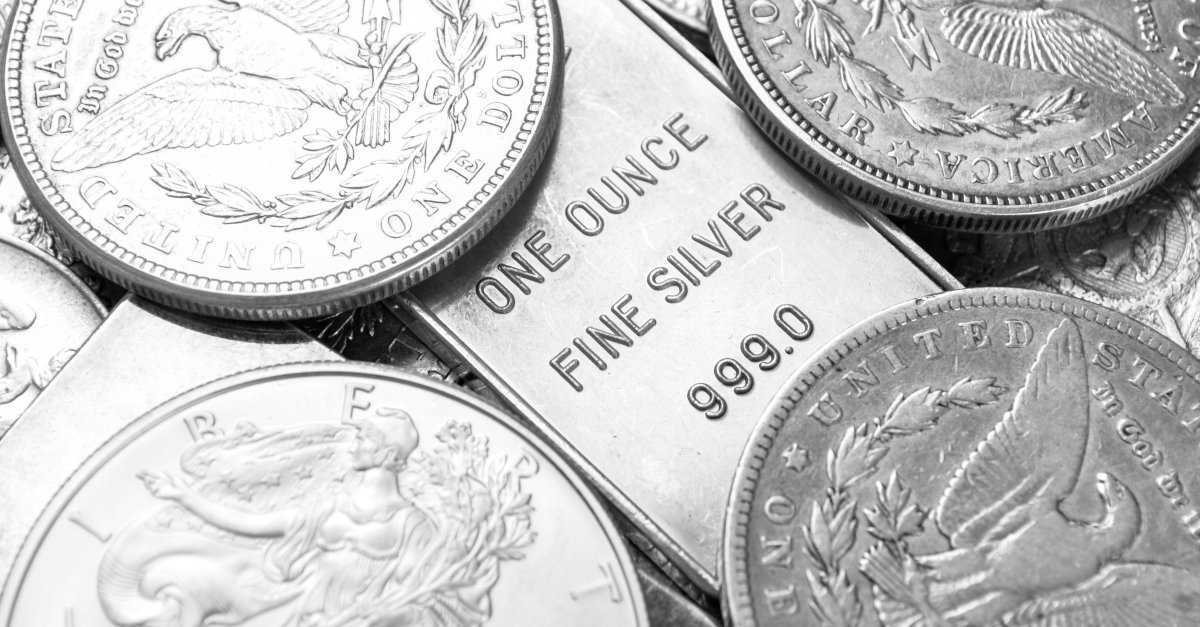Silver plays a crucial role in solar power technology, particularly in the manufacturing of photovoltaic (PV) solar panels. Here's how silver is used in solar systems:
1. **Photovoltaic Cells
Conductive Properties: Silver's excellent electrical conductivity makes it an essential material in photovoltaic cells, which are the building blocks of solar panels. It is used in the form of a silver paste, which is applied to the PV cells to conduct electricity efficiently from the sun's energy.
- Light Reflection**: Silver's reflective properties also enhance the efficiency of the cells by reflecting light back into the photovoltaic material, increasing the amount of electricity generated.
2. Silver Paste
- Front Contact A silver paste is applied to the front (sun-facing) side of the solar cells. When the sunlight hits the cells, it excites electrons, creating an electric current that silver captures and conducts out of the cell.
- Back Contact: Silver is also used in the back contacts of some solar panels to further improve efficiency.
3. Durability and Efficiency
- Longevity: Silver helps increase the durability of solar panels, ensuring they last longer while maintaining high levels of efficiency over time.
- Energy Efficiency: As silver is one of the most efficient conductors of electricity, its use in solar panels ensures that they convert as much sunlight as possible into usable energy, making solar energy systems more effective.
4. Market Impact
- Growing Demand: With the global push towards renewable energy and the increasing installation of solar power systems, the demand for silver in the solar industry is on the rise. This trend could positively impact silver prices as more silver is required for new solar installations.
Silver's role in solar technology is vital for the efficiency and effectiveness of solar panels, making it an important material in the transition to renewable energy sources.






